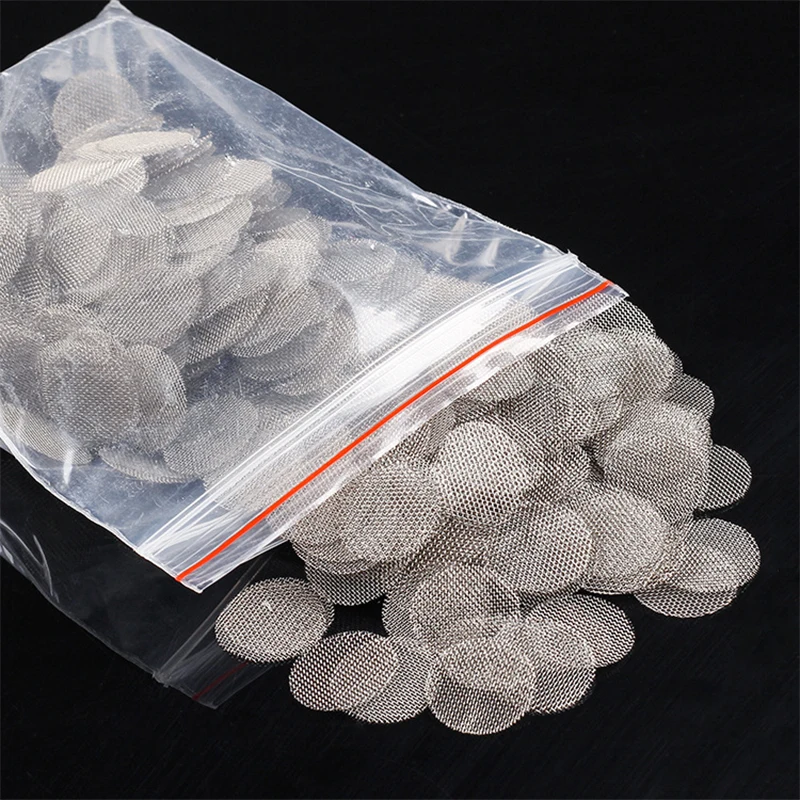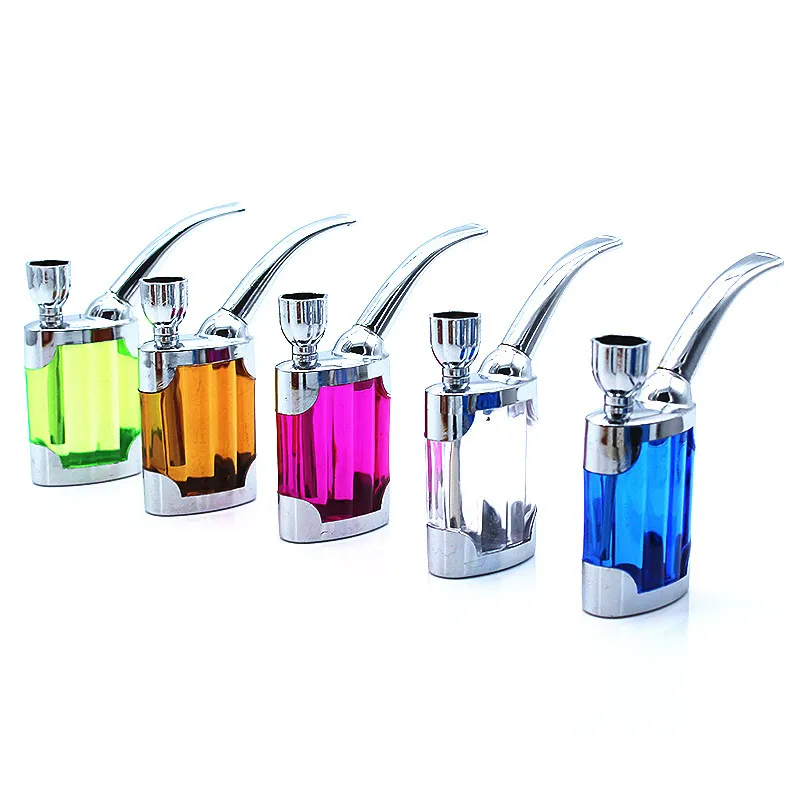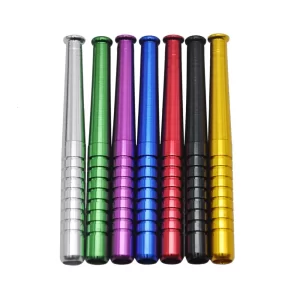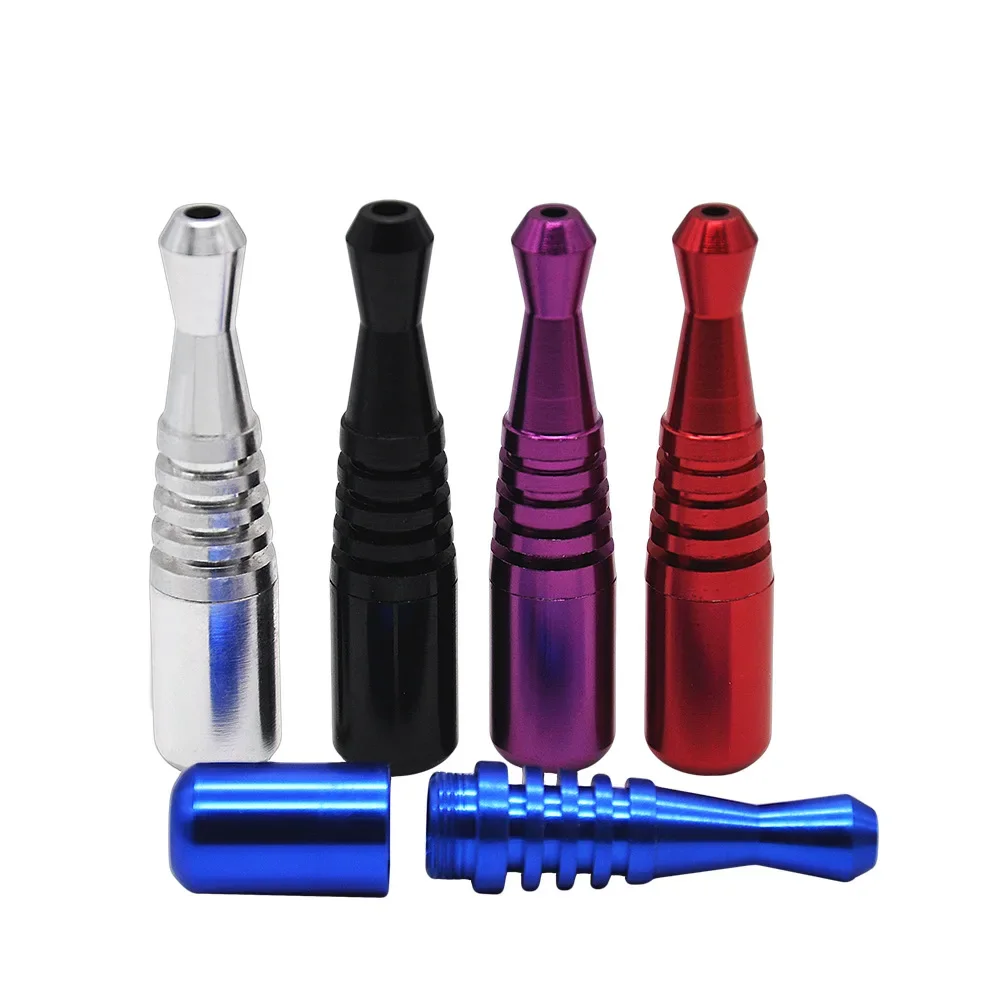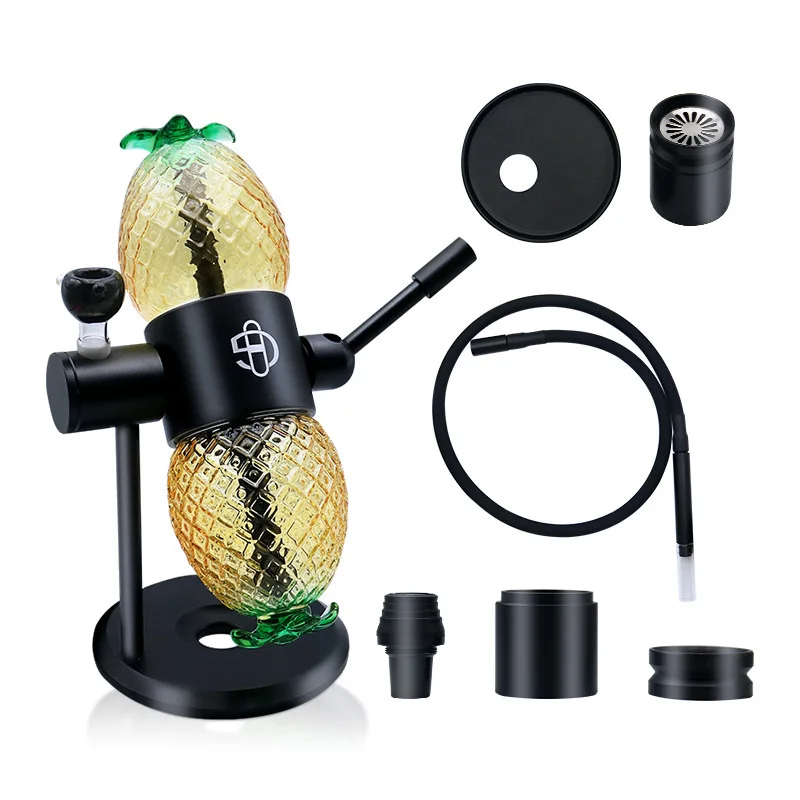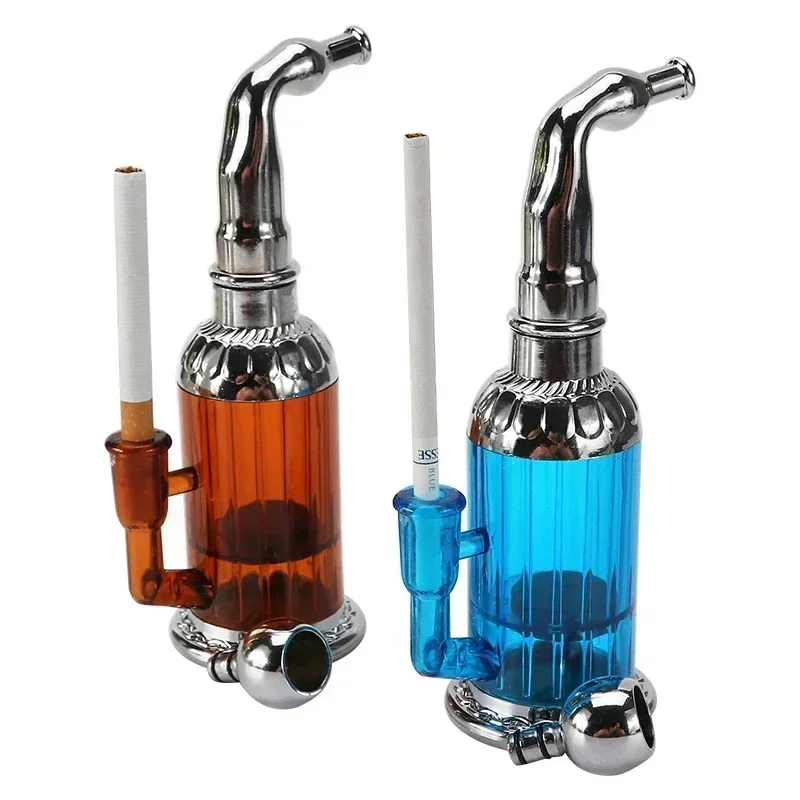Gummy candy might feel whimsical and nostalgic, but behind every chew is a chemistry of polymers, heat sensitivity, and structural artistry. Melt‑to‑Make, a company quietly building its reputation among entrepreneurs and food scientists, has turned that chemistry into something more accessible—designer gummy bases engineered for consistency, simplicity, and natural ingredients.
Untangling the Gummy Matrix
A gummy’s texture and stability derive from a gelling agent—traditionally gelatin, an animal‑derived protein. Melt‑to‑Make offers not only classic gelatin bases, but also pectin‑based and hybrid formulas. The gelatin version delivers the familiar chew and melt point around body temperature (~37 °C), but stumbles under heat.
By contrast, pectin—extracted from fruit—brings higher thermal stability and a sharper release of flavor. Chemically, pectin relies on a pH‑triggered gelation: acidifying the mixture encourages cross‑linking among polysaccharide chains. That network locks in structure more aggressively than gelatin—and it doesn’t soften at human‑body heat.
Melt‑to‑Make’s pectin base leverages that robustness. It’s described as “melt‑proof,” making it ideal for gummy products that must endure warmer environments without losing shape.
The Best of Both Worlds
What about hybrids? Melt‑to‑Make also offers a gelatin‑pectin blend. The aim is to capture gelatin’s mouthfeel while gaining some of pectin’s durability. According to their specs, this blend boosts the melting point to around 65.5 °C—well above gelatin alone—yet retains a softer, springy chew.
Technically, creating a successful blend isn’t trivial. Gelatin and pectin respond differently to temperature, pH, and shear forces during processing. Get the ratios or timing wrong, and the texture can be flat, gritty, or brittle. Melt‑to‑Make’s R&D, as reported elsewhere, seems to have invested in adjusting formulations and manufacturing knowledge to ensure consistent outcomes for industry users.
Color, Naturalism, and Consumer Trust
Beyond gel mechanics, Melt‑to‑Make has taken a stand on colorants—eschewing synthetic dyes in favor of plant‑based alternatives like elderberry juice, turmeric, spirulina, and butterfly pea flower. Building vibrant blue or deep pink gummies with botanical sources poses challenges: natural dyes can degrade, fade, or shift in hue under heat or acidity. Melt‑to‑Make claims to have engineered stability through rigorous R&D, a technical accomplishment often overlooked in candy narratives.
From a consumer standpoint, this aligns with growing demand for “clean” labels—free from synthetic additives. But scientifically, the company is treading into tricky territory; plant dyes often vary batch to batch, and require careful pH control and encapsulation strategies to preserve color vibrancy.
Decomplexifying Production
Perhaps the cleverest innovation is logistical. Melt‑to‑Make provides “90 percent complete” bases that downstream manufacturers can merely melt, pour, and finish. That skips formulation headaches around concentration, cooking temperatures, hydration times (crucial for pectin, which needs mixing above ~85 °C to ensure proper gel formation) and pH buffering.
By packaging that technical know‑how into standardized bases, Melt‑to‑Make lowers the bar for businesses entering gummy production. The effect: brands can focus on flavor or active ingredients while relying on a consistent substrate engineered by experts.
Also Read: Last Week in Weed: September 9- 16, 2025
Shifting Trends
Under a lighthearted confectioner’s gloss, there’s hard food science aplenty in a humble gummy. Melt‑to‑Make has positioned itself as a translator between that science and scale: stripping complexity from cross-linking chemistry, thermal behavior, and color stability—and packaging it into a plug-and-play solution.
What remains to be seen: as trends shift—vegan, sugar-free, CBD or plant-active gummies—can they continue fine-tuning the interplay of polymer physics and natural ingredients? If their current trajectory is any indication, this gummy revolution may just be getting warmed up—not melting down.






